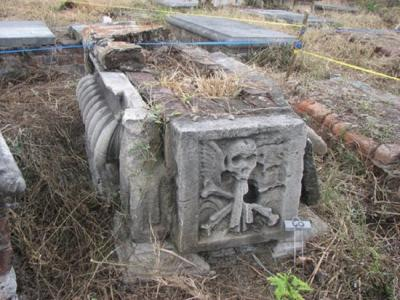
Balak (בלק)
Numbers 22:2–25:9 & Micah 5:6–6:8
Balak, king of Moab, summons Balaam, the pagan prophet from Pethor,[1] to curse Israel—yet his mouth utters only blessings. “How beautiful are your tents,” he declares, unveiling the inner beauty of the people of Israel. The prophet Micah extends these blessings by affirming that true greatness lies in justice, kindness, and humility before God.
Numbers 24:3
נְאֻם בִּלְעָם בְּנוֹ בְעֹר, וּנְאֻם הַגֶּבֶר שְׁתֻם הָעָיִן
Oracle of Balaam son of Beor, the word of the man whose eyes are opened.
In 1967, a Dutch archaeological team uncovered at Deir Alla (in the Jordan Valley) an Aramaic inscription explicitly naming Balaam son of Beor. The text, written in black and red ink on a plastered wall[2], begins as follows:
כתב בל[ע]ם בן בע[ו]ר איש חזה אלהין
“Text of Balaam son of Beor, man who saw the divine.”
In the first section, Balaam predicts that darkness will fall upon the earth and cover the world, a reflection of the cosmic disorder caused by human impiety.
The second section, highly fragmentary, sketches an apocalyptic oracle announcing coming calamities, and concludes with a divine command forbidding Balaam to continue his prophecies.
Deir Alla, known as “Tarʿala” in the Jerusalem Talmud (Sheviit 2:3), was destroyed around 800 BCE, likely during the earthquake mentioned in Amos 1:1. Some scholars identify this site with the ancient Sukkot[3] in the territory of Gad, located east of the Jordan in the Jabbok Valley.
[1] Pethor is mentioned in Numbers 22:5 as located “by the river” (the Euphrates), probably in present-day northern Syria or southeastern Turkey.
[2] The plaster fragments were found scattered across the southeast chamber floor of the sanctuary, mixed with pottery shards and debris. They were painstakingly reassembled by the Dutch team.
[3] Sukkot, cited in Joshua 13:27, should not be confused with the encampment of the Exodus (Numbers 33:48).











